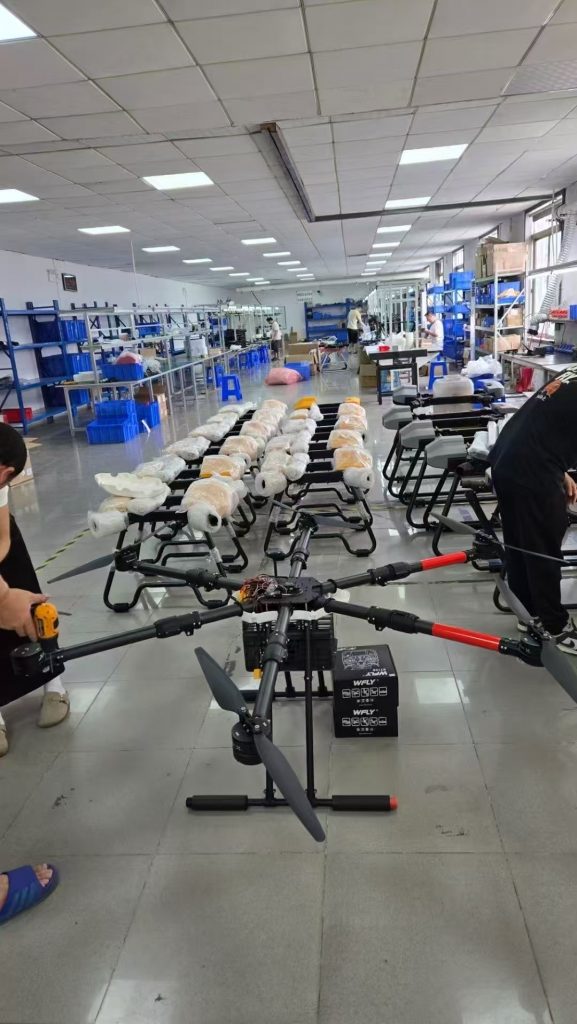
In modern agriculture, the ability to apply pesticides, herbicides, and fertilizers with precision, efficiency, and safety is critical for maximizing crop yields, minimizing environmental impact, and reducing operational costs. Traditional spraying methods—manual labor, tractor-mounted sprayers, or even basic drones—often fall short in complex farming environments, where obstacles, uneven terrain, and dense canopies pose significant challenges.
Enter the drone sprayer with radar: a cutting-edge agricultural technology that integrates advanced radar systems with precision spraying capabilities to revolutionize crop protection. By equipping drones with radar, farmers can achieve unparalleled accuracy, obstacle avoidance, and adaptability in even the most challenging farming conditions. As a leading Chinese manufacturer of agricultural drones, we’ve developed radar-equipped drone sprayers that combine state-of-the-art sensing technology with robust engineering to meet the demands of modern agriculture.
The Challenge: Why Traditional Spraying Methods Need an Upgrade
Agricultural spraying is a critical but complex task, especially in large-scale or diverse farming environments. Traditional methods face several limitations:
– Obstacle Collisions: Trees, power lines, irrigation pipes, and other field infrastructure pose significant risks to drones and crops, leading to potential damage or crop loss.
– Uneven Terrain: Slopes, terraces, and uneven fields make it difficult for drones to maintain consistent spray heights and coverage, resulting in uneven chemical application.
– Dense Canopies: Crops like orchards, vineyards, or tall corn have dense foliage that blocks GPS signals and makes it challenging for drones to navigate and spray precisely.
– Environmental Concerns: Over-spraying or drift can lead to chemical runoff, soil degradation, and harm to non-target areas, posing risks to ecosystems and water sources.
For farmers, these challenges translate to:
– Reduced Efficiency: Manual interventions or repeated spraying to compensate for uneven coverage increase labor and operational costs.
– Crop Damage: Collisions or improper spraying can harm crops, reducing yields and quality.
– Environmental Risks: Excessive chemical use or runoff contaminates soil and water, harming biodiversity and violating sustainability regulations.
How Drone Sprayers with Radar Solve These Challenges
Our drone sprayers with radar are engineered to address these pain points head-on, offering a suite of features that enhance safety, precision, and adaptability:
1. Obstacle Avoidance for Safer Operations
Radar systems enable drone sprayers to detect and avoid obstacles in real time, ensuring safe operation even in complex environments:
– 360° Radar Coverage: Advanced radar sensors detect obstacles (e.g., trees, power lines, irrigation pipes, rocks) up to 200 meters away, providing a comprehensive view of the drone’s surroundings.
– Real-Time Adjustments: The drone’s flight controller automatically adjusts its flight path to steer clear of obstacles, preventing collisions and protecting both the drone and crops.
– Low-Altitude Navigation: Radar allows drones to fly safely at low altitudes (1–3 meters above crops) without risking collisions with terrain or infrastructure.
2. Terrain Following for Consistent Spray Height
Radar enables terrain-following capabilities, allowing the drone to maintain a consistent spray height above uneven or sloped terrain:
– Adaptive Altitude Control: The radar system measures the distance between the drone and the ground or crop canopy in real time, automatically adjusting the drone’s altitude to ensure uniform spray coverage.
– Optimal Crop Penetration: By maintaining the ideal spray height (e.g., 1–2 meters above the canopy), the drone ensures chemicals reach the target areas (e.g., undersides of leaves, soil surface) without over-spraying or under-spraying.
3. Enhanced Navigation in Complex Environments
Radar complements GPS and other navigation systems to improve flight stability and accuracy in challenging conditions:
– GPS + Radar Fusion: Combines GPS data with radar readings to maintain precise positioning, even in areas with weak or no GPS signals (e.g., dense canopies, urban canyons).
– Autonomous Flight Planning: Farmers can use a user-friendly app to upload field maps, set parameters (spray height, speed, target zones), and the drone auto-generates an optimal flight path—avoiding obstacles and maintaining consistent spray height.
4. Precision Spraying for Optimal Crop Protection
Despite their advanced sensing capabilities, radar-equipped drone sprayers are designed for precision and efficiency:
– Variable-Rate Spraying (VRS): AI-powered systems adjust the spray flow in real time based on crop density, pest hotspots, or soil conditions, ensuring optimal coverage while minimizing chemical waste.
– High-Precision Nozzles: 18–36 specialized nozzles (ceramic or stainless steel) optimize droplet size and distribution, ensuring even coverage even in dense crop canopies or hard-to-reach areas.
– Reduced Chemical Use: Precision spraying cuts chemical usage by 40–60% compared to traditional methods, lowering costs and environmental impact.
5. Adaptability to Diverse Crops & Terrains
Radar-equipped drone sprayers are designed to handle a wide range of farming environments:
– Crop-Specific Solutions: Adjustable spray heights and nozzle configurations tailored for different crops—e.g., low-height vegetables, tall corn, or orchard trees.
– Terrain Flexibility: Operates efficiently on flat fields, slopes, terraces, and uneven terrain, with gyroscopic stabilization to maintain steady flight in windy conditions (up to 10–15 km/h).
Real-World Impact: Transforming Agriculture with Radar-Equipped Drone Sprayers
Case 1: Orchards in Washington State (USA)
A 5,000-acre apple orchard faced challenges with uneven spray coverage and obstacle collisions. After adopting our radar-equipped drone sprayers:
– Efficiency: Spraying time per acre dropped from 10 minutes (manual) to 1 minute, enabling rapid response to pest outbreaks.
– Yield Improvement: Uniform coverage increased fruit quality, boosting market prices by 15%.
– Safety: No collisions with trees or irrigation pipes were reported, reducing crop damage and downtime.
Case 2: Rice Terraces in the Philippines
In the Philippines’ Ifugao Province, farmers used our radar drone sprayers to apply pesticides on steep, terraced rice fields:
– Precision: The radar system maintained a consistent spray height across terraces, ensuring even coverage and preventing runoff into rivers.
– Cost Savings: Reduced chemical usage by 45%, saving farmers $1,200 annually per hectare.
Case 3: Vineyards in France
A vineyard in Bordeaux leveraged our radar drone sprayers to combat fungal diseases:
– Adaptability: The drone navigated dense canopies and sloped terrain with ease, maintaining optimal spray height for effective disease control.
– Environmental Protection: Minimal drift into nearby water bodies improved sustainability and compliance with regulations.
Why Choose Our Radar-Equipped Drone Sprayers?
As a trusted Chinese manufacturer, we combine 20+ years of agritech expertise with end-to-end manufacturing control to deliver drones tailored specifically for precision agriculture:
1. Advanced Radar Technology
– 77 GHz Millimeter-Wave Radar: Provides high-resolution, real-time data on obstacles and terrain, even in challenging weather conditions (e.g., fog, rain).
– Centimeter-Level Accuracy: Ensures precise altitude control and obstacle avoidance, maintaining consistent spray performance.
2. Customized Solutions for Farmers
– Payload Options: Choose from 10L to 50L tanks, with spray systems optimized for different crops and field sizes.
– Regional Adaptations: Models for high-altitude regions, arid zones, or humid climates, ensuring optimal performance in diverse environments.
3. Global Compliance & Reliability
– Certifications: Meets international standards (CE, FCC, ISO 21442) and adheres to regional pesticide and aviation regulations.
– Rigorous Testing: Each drone undergoes 500+ hours of pre-delivery testing, including obstacle avoidance trials and endurance flights.
4. Local Support & Training
– Pre-Sales Field Trials: Test the drone on your farm to validate performance before purchase.
– On-Site Training: Train your team on mission planning, obstacle avoidance, and maintenance.
– 24/7 After-Sales Service: Multilingual technical support and rapid spare-parts delivery to minimize downtime.
The Future of Radar-Equipped Drone Sprayers
As agriculture evolves, radar-equipped drone sprayers will play an even greater role in sustainable farming:
– Swarm Technology: Multiple drones collaborating to spray large fields simultaneously, with radar ensuring safe coordination.
– AI & Predictive Analytics: Integration with AI models to forecast pest outbreaks or nutrient needs, enabling proactive, data-driven spraying.
– Fully Autonomous Farms: Radar drones working alongside IoT sensors and robots to create closed-loop systems, optimizing every input for yield and sustainability.
Your Next Step: Elevate Your Farming Operations
A drone sprayer with radar isn’t just a tool—it’s a partner that safeguards your crops, reduces costs, and protects the environment. Whether you manage 100 acres or 10,000, our radar-equipped drones are ready to transform your agricultural operations.

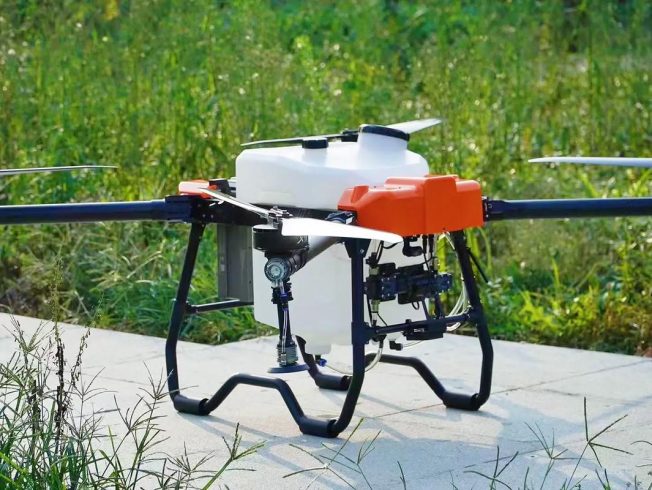
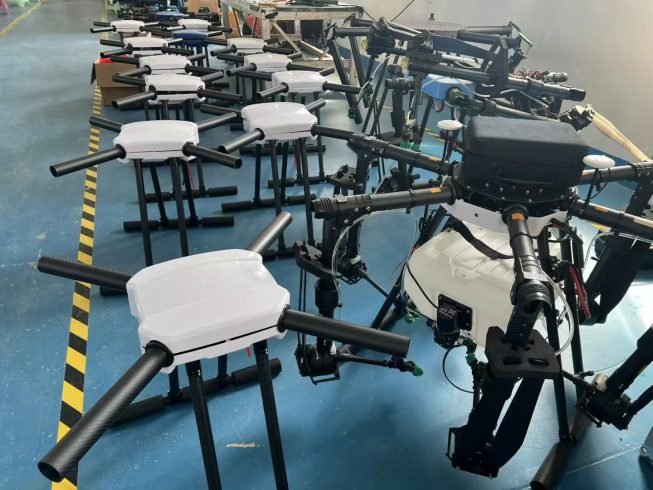
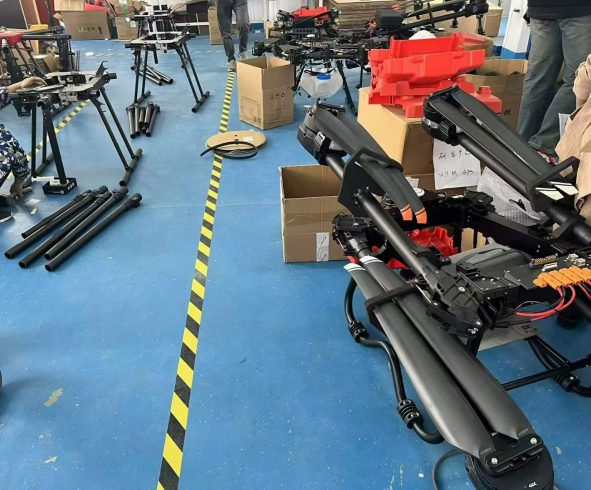
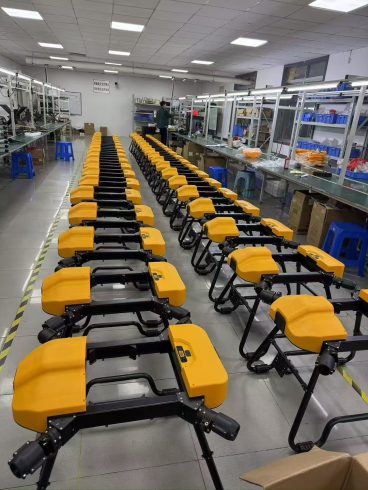

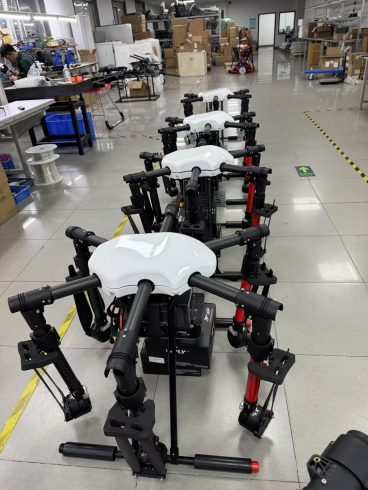
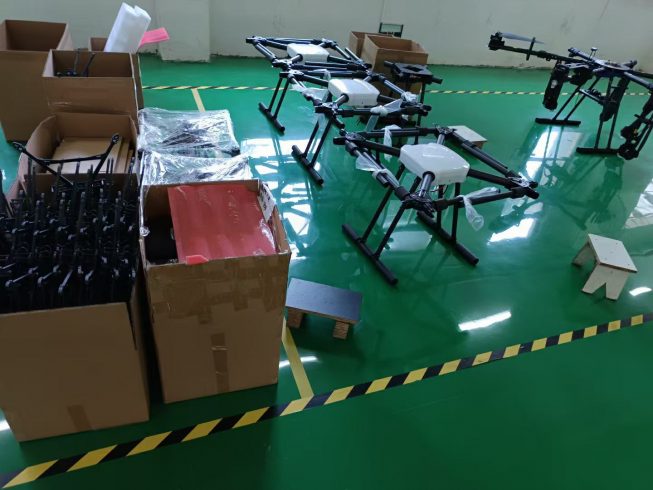
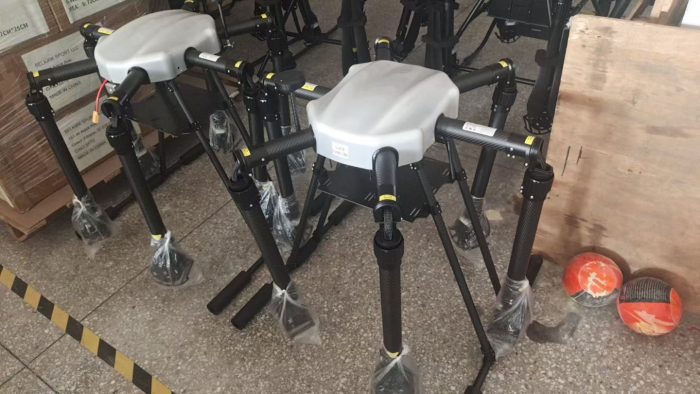
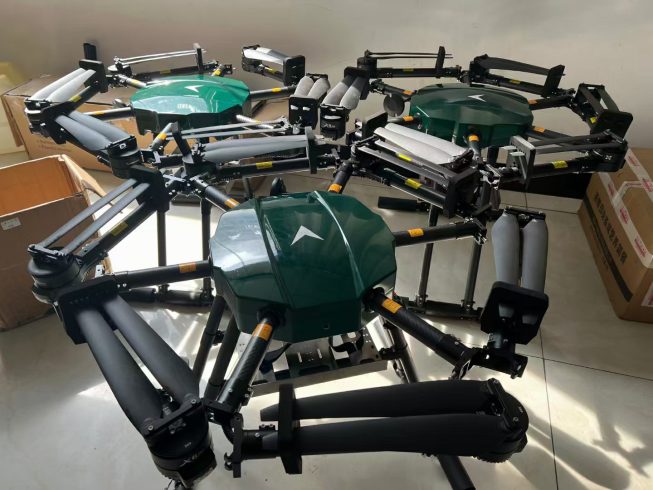
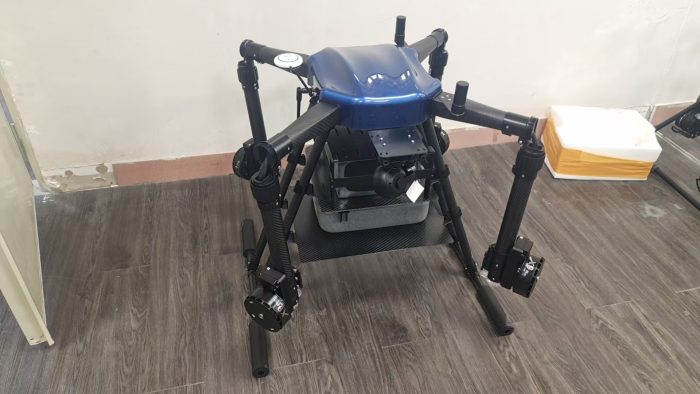

暂无评论内容